The 5 Biggest Misconceptions About Using Instagram for Business
Yet, many still see limitations in the service and refuse to use it for their brand, missing out on a one hundred million strong user base they could potentially engage. But the 5 most commonly cited reasons to not consider Instagram as a social media marketing platform just aren’t true.
So it’s about time I debunk these 5 biggest misconceptions about using Instagram for business.
1. It Only Works if You Sell Visual Products
This might be the belief I hear the most, which doesn’t make it any more real. Selling unsexy products or being a service provider isn’t a reason to not share photos. Rather, it should be seen as an incentive to get even more creative. The goal for these companies is to find valuable, compelling, or entertaining images to share with their audience.Since these companies cannot show products, what can they show on Instagram?
Their Culture
Photos of employees and their customized desks always rank well on Instagram. There are two main advantages of doing this: it makes the company more attractive for job applicants and it instills trust in potential customers.
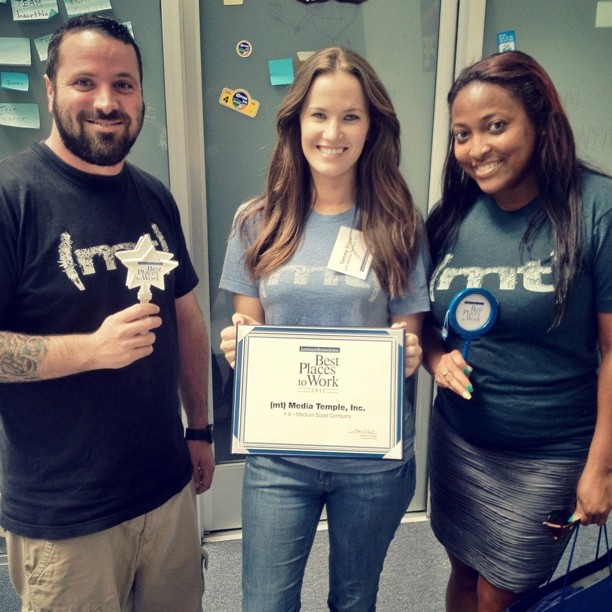
Server providers MediaTemple showing off their “Best Place to Work” award
Their Employee’s GoodwillEbay shared this photo of its staff giving back at Second Harvest Food Bank. Companies that show their employees care about the community are appreciated among Instagrammers.
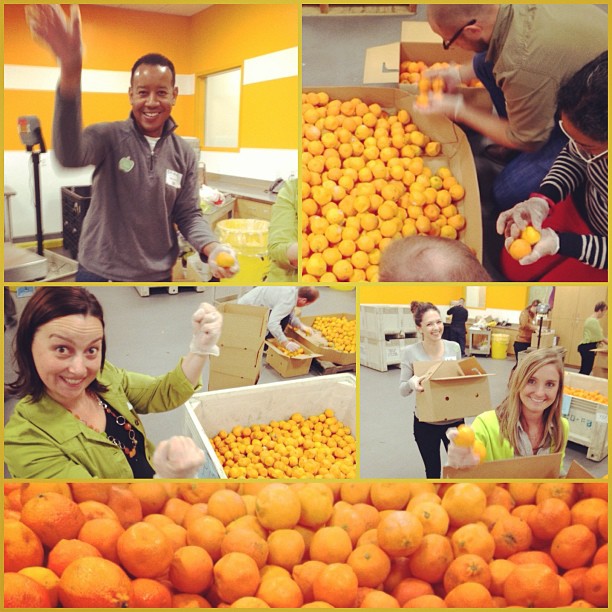
Photo by @ebay
Their CelebrationsEvery company has its traditions or celebrates popular events and holidays. These are opportunities to share photos of the team getting together in a non-work related context.
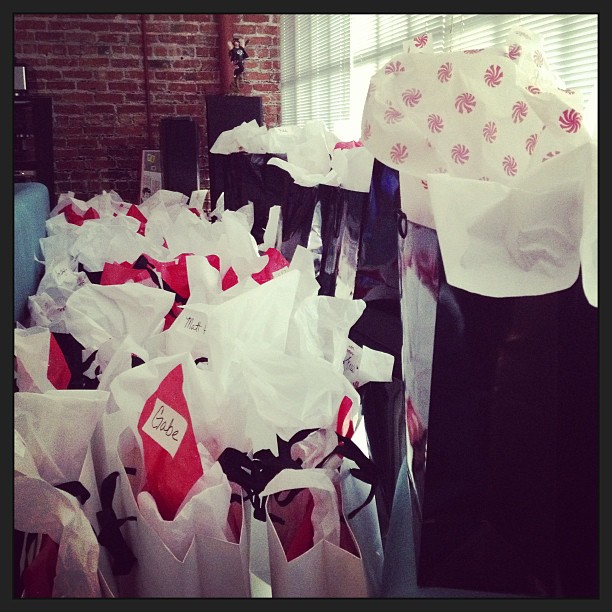
These are the presents that indie game developers Double Fine exchanged over Christmas
Their MerchandiseThis is a photo of Hipmunk’s new t-shirt released in early January. Brands should use Instagram to promote their merchandise and even offer some. Hipmunk did that, too, when they accompanied the photo with a quick sweepstakes for a few lucky followers to win one.
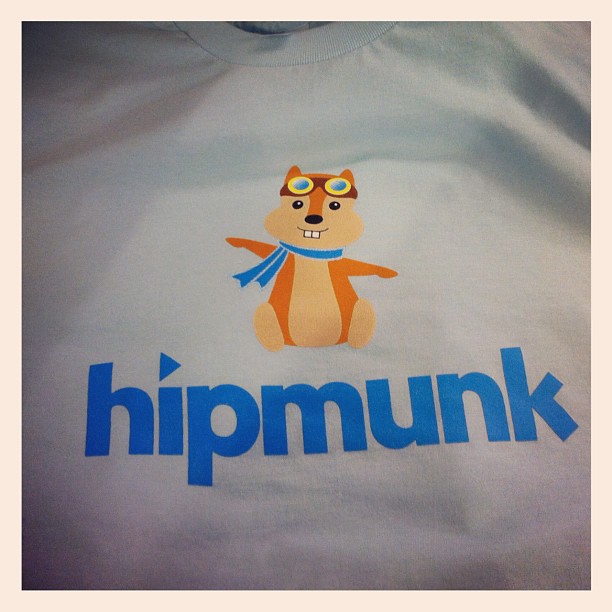
2. It’s Only for Big Brands
Some believe that only brands with significant marketing budgets can leverage Instagram.This is not true. I’ll refer you to Mission Bicycle, Shwood, Almond Surfboards, Folk Fibers. All of these are reasonably small shops doing a great job with Instagram… On a budget! As a plus, they all got featured on Instagram’s blog and surely benefited from the coverage.
A few self employed artists and vendors even say that Instagram helps them create sales leads.

Almond Surfboards’s artist at work
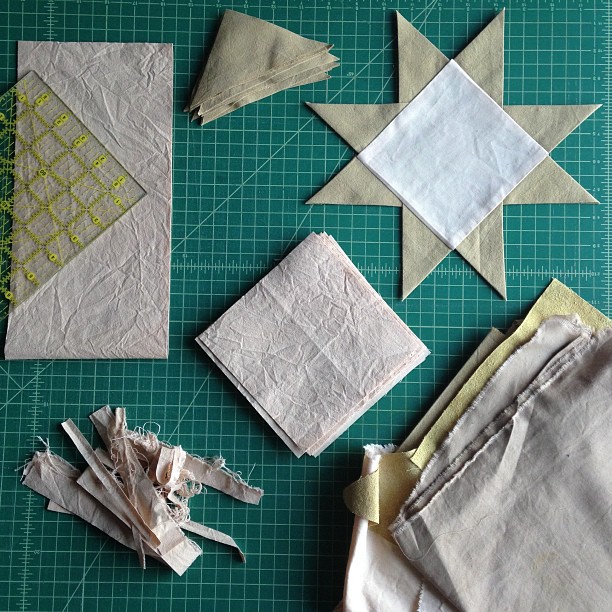
Folk Fibers’s photos look like they come from a Wes Anderson movie
Even tech startups are on Instagram: MailChimp, SendGrid, Hipmunk… As well as less techy ones like Dollar Shave Club, Birchbox, and of course, Warby Parker, which is often cited as one of the textbook inspirations to follow on using Instagram for Business.
Photos by MailChimp…

…and Warby Parker
3. It’s Only for Posting Photos
Even top brands still hold this one as true. Some of them have been using Instagram only to push content so far. But that’s missing a key ingredient in Instagram’s advantage compared to other networks: it makes sharing a two way street and enables brands to leverage User Generated Content (UGC) by way of photo contests and special campaigns.To do this, the first precaution to take is to create a brand-specific hashtag for the contest.
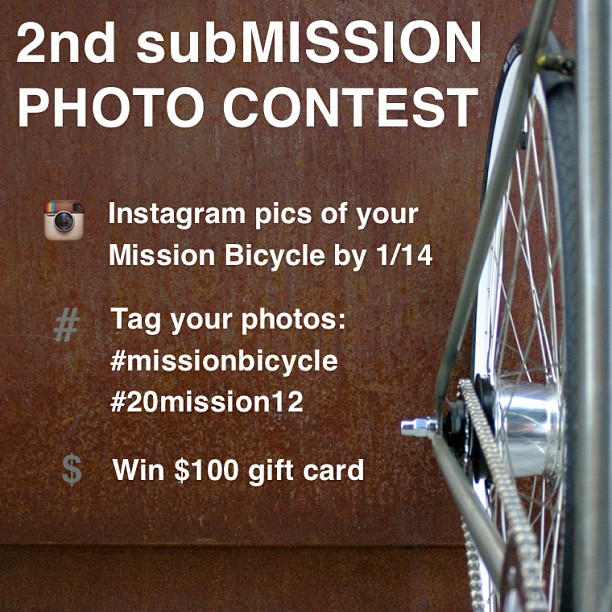
This example from Mission Bicycle encourages its followers to use #20mission12 and #missionbicycle to join the contest
And any contest on social media has to come with the right legal structure. Ben and Jerry’s and Hollister Co.’s terms are two thorough examples to draw from.Then brands have to actively promote the hashtag and their campaign. They can do so on Instagram, other networks, and even offline in some cases. The Instagram team itself promotes their Weekend Hashtag Projects on Twitter, Facebook, and Tumblr.
Finally, they should show the content generated by the contest outside of Instagram by creating Photo Galleries on their Facebook page or their website.
Instagram photo contests are worth the time and effort because they give an incentive for users to share better content and allow brands to reuse it. Fans of Ben and Jerry’s entered its latest contest called Capture Euphoria in hopes of being featured in local ads, like @nuutmeg here:
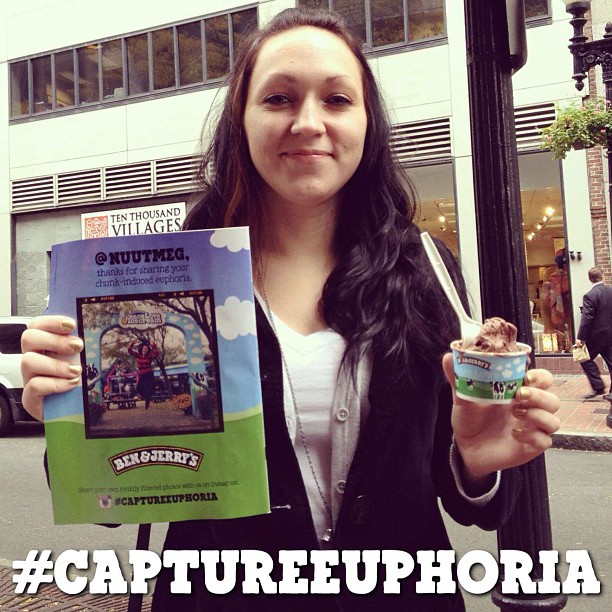
photo from Ben & Jerry’s on Instagram
Campaigns at large also bring in good publicity. The NYC based Comodo
restaurant brought in more business with #ComodoMenu: an operation for
visitors to snap photos of their plates and share them on Instagram so
others could get a glimpse of what they could order. The YouTube video announcement accumulated 100,000 views in just about a month, and many publications reported on the restaurant’s creative initiative.feared. So I’d advise everyone to:

